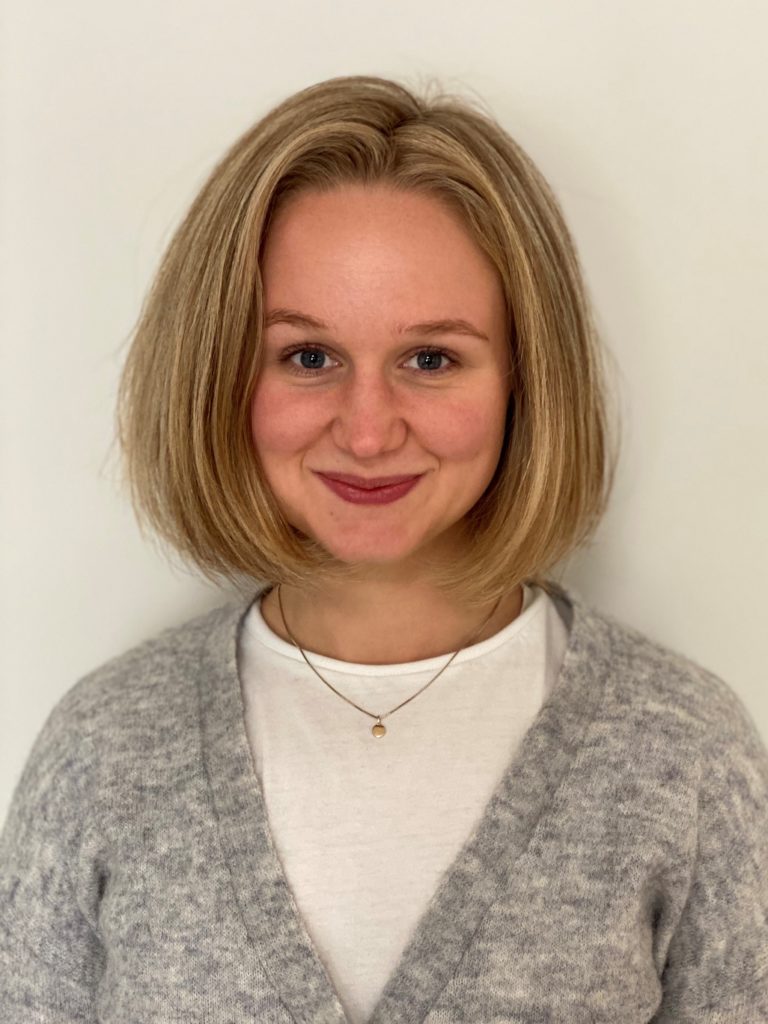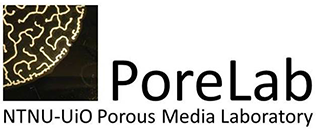
Congratulations to Caroline Einen! She defended her thesis entitled “Ultrasound-mediated delivery and transport of nanomedicines through the tumor extracellular matrix – effects and possible mechanisms” with success on February 28th.
The assessment committee for her thesis was as follow:
- 1st opponent: Professor Twan Lammers, Aachen University,, Germany
- 2nd opponent: Senior Lecturer James Choi, Imperial College London, UK
- 3rd opponent: Associate Professor Rita de Sousa Dias, Department of Physics, NTNU. Associate Professor Rita Dias was appointed Administrator of the Committee.
The doctoral work has been carried out at the Department of Physics, where Professor Catharina Davies has been the candidate’s supervisor. Professor Emerita Signe Kjelstrup, Researcher Einar Sulheim and Senior Researcher Rune Hansen have been the candidate’s co-supervisors.
The prescribed subject for the public trial lecture was: Super-resolution and molecular ultrasound imaging
Summary of the Thesis:
Nanomedicines have shown promise as drug carriers for treatment of cancer, which remains one of the leading causes of death worldwide. However, the main contribution of approved nanomedicines has been to reduce drug toxicity, not increase drug efficacy. This is likely related to low particle accumulation in the tumor. A strategy to increase the local delivery and transport of nanomedicines in tumors is the use of ultrasound combined with microbubbles to induce sonopermeation. However, the exact mechanisms behind sonopermeation remain unknown.
This PhD project aimed to increase the overall knowledge of how ultrasound and microbubble treatment can aid in delivery and transport of nanomedicines in solid tumors. It was divided into two main parts which consisted of:
· Studying whether nanoparticle uptake could be increased with ultrasound and microbubble treatment of different cancer models in mice.
· Investigating how ultrasound on its own could contribute to nanoparticle transport through a hydrogel made to model the tumor tissue.
The effect of ultrasound and microbubble treatment on nanoparticle uptake, distribution and tumor vasculature was evaluated in mouse models of pancreatic, colon and breast cancer. The effect on the vasculature was also evaluated in a bone cancer model. The tumor models responded differently to the ultrasound treatment; nanoparticle uptake increased in the soft colon cancer model, but not in the stiff breast and pancreatic cancers. Furthermore, the fraction of open tumor blood vessels decreased drastically in the breast and colon cancer, but less so in the pancreatic and bone cancer. These results highlight the importance of taking the tumor microenvironment into consideration when optimizing the ultrasound and microbubble treatment.
To investigate how ultrasound can increase nanoparticle transport in the tumor, in vitro studies using an agarose hydrogel to model of the porous structure of tumor tissue were performed. Here, the impact of the ultrasound field alone on nanoparticle movement without the addition of microbubbles was studied. Ultrasound was found to increase the diffusion of nanoparticles in the hydrogel, which could indicate that ultrasound-enhanced diffusion can contribute to nanoparticle transport in cancer tissue.
This thesis gives some insight into the effects and mechanisms behind ultrasound and microbubble-mediated delivery of nanomedicines to tumors, and will hopefully contribute to the clinical translation of the treatment platform in the years to come.
